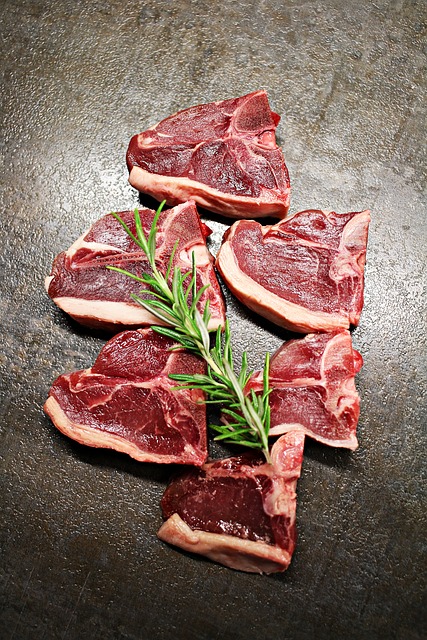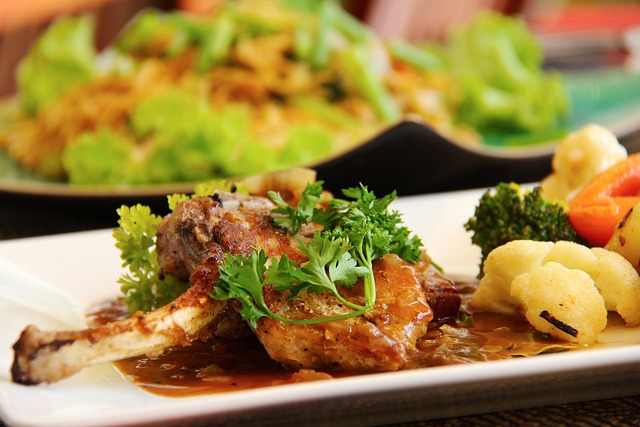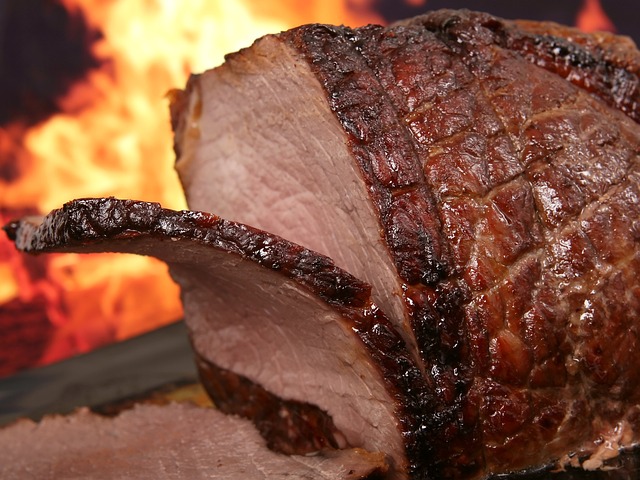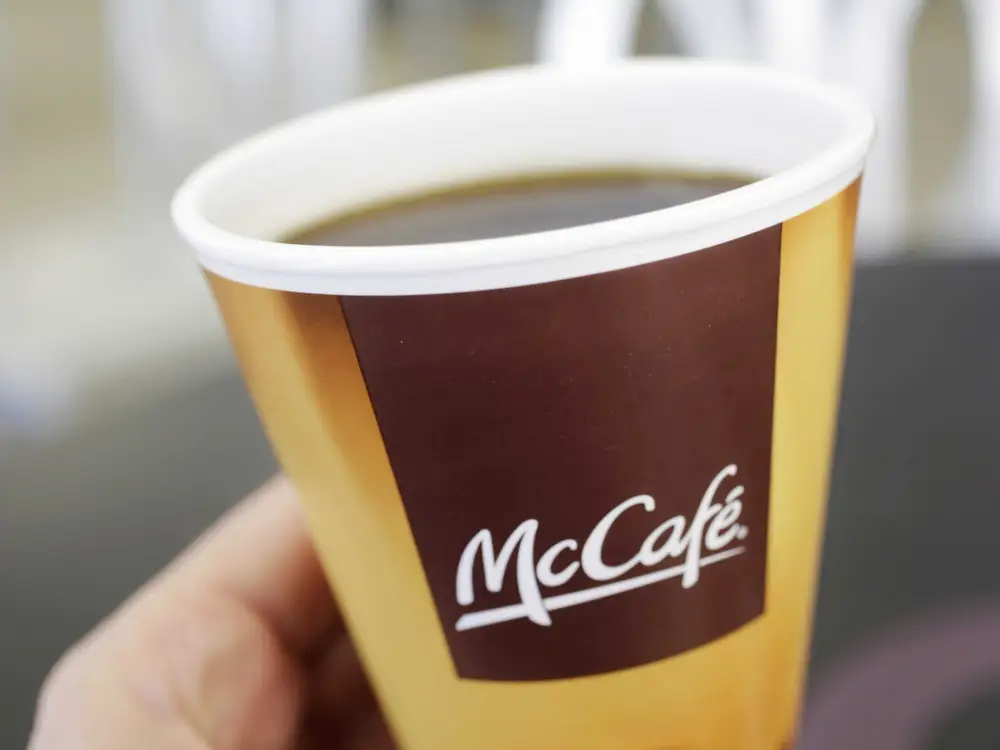The high cost of lamb in the UK is primarily driven by several key factors. These include the relatively low meat yield per lamb, the necessity for non-factory farming practices that require more resources, the extended time needed for lambs to mature for sale, its perceived health benefits, the aging process to attain optimal quality, and its status as luxury meat.
However, One of the most well-liked and delectable cuts of meat is lamb, which is especially popular in Europe, the United Kingdom, and the Middle East.
Also, the price of lamb may be much higher than that of meals derived from the majority of other meat animals in various countries, including the United States. Many individuals may ask why lamb is so pricey in light of this.
Here, you can find more information about both expensive and inexpensive ways.
What Is Lamb Meat?

Lamb meat, often referred to as simply lamb, is the meat from young sheep, specifically from animals that are less than a year old. It is prized for its tender, flavorful, and often slightly gamey taste.
On the other hand, the meat from older sheep is typically referred to as mutton, and it tends to be tougher and have a stronger flavor compared to lamb.
Also, lamb meat can vary in color depending on the age of the animal and its diet. Generally, it is a light pink to reddish color. It is a popular protein source in many cuisines around the world, and as such, it is used in a wide variety of dishes, ranging from roasts and stews to kebabs and curries.
Being considered a red meat, It is a good source of high-quality protein, vitamins (such as B vitamins), and minerals (like iron and zinc). Due to its flavor and suppleness, it is a versatile ingredient in cooking and is frequently used in South Asian, Middle Eastern, and Mediterranean cuisines.
What Does Lamb Taste Like?
The taste of lamb is often described as distinct and unique compared to other meats. It has a rich, savory, and slightly gamey flavor. The exact taste can vary depending on factors such as the age of the lamb, its diet, and how it’s prepared, but here are some common characteristics:
- Richness: Lamb has a rich and meaty flavor. It’s often described as having a depth of taste that sets it apart from milder meats like chicken or pork.
- Savory: Further, it has a pronounced savory or umami taste. This savory quality makes it a popular choice for various culinary dishes and pairings with robust spices and herbs.
- Gamey: Some people perceive it as having a slightly gamey or earthy taste. This gamey note is more prominent in older lambs and mutton. It’s less pronounced in younger lambs, which tend to have a milder flavor.
- Tenderness: They are known for their tenderness, especially when cooked correctly. This tenderness contributes to its overall appeal and makes it a versatile meat for various cooking methods.
- Sweetness: In addition to its savory and gamey notes, it can also have a subtle sweetness, especially in the meat from younger lambs. This sweetness can complement the other flavors in a dish.
- Herb-Friendly: Lamb pairs particularly well with a variety of herbs and spices, such as rosemary, mint, thyme, and garlic. These seasonings can enhance and complement the lamb’s natural flavor.
Why lambs are so expensive in the UK: Top reason
Health Benefits:
When it comes to selecting meat, health-conscious individuals often seek options that offer nourishment without an excess of unwanted fats.
Lamb admirably fits this criterion, being notably lean compared to some alternatives. A standard three-ounce portion of this meat provides over 20 grams of naturally occurring protein, a substantial content for its size.
Notably, this protein is unaltered and free from chemical additives.
Furthermore, It boasts additional nutritional benefits in the form of iron and magnesium, as well as a source of potassium and B-12. The key to harnessing these health advantages lies in the proper preparation of lamb. The introduction of butter and oils can diminish its innate healthfulness by increasing unnecessary fat content.
Non-Factory Farming:
A significant portion of the meat industry in the UK revolves around factory farming, a practice often marked by crowded enclosures and a focus on rapid growth for profit.
However, lamb stands apart from this trend. Lambs, unlike some other livestock, do not thrive in such an environment. They tend to experience heightened stress and slower growth rates, leading to susceptibility to illnesses.
Consequently, they often require medications, potentially compromising meat quality. Due to these challenges, lamb meat is primarily derived from farm-raised animals, a more ethical approach that ensures better animal welfare but generally results in a higher price point.
Also, this practice contributes to improved flavor and quality, making it a worthwhile choice for most consumers.
Low Meat Yield:
Lamb, while flavorful and sought after, yields less meat per animal compared to some larger livestock like cows. The relatively small size of lambs and their fewer usable parts contribute to this lower yield.
As a result, farmers must sell a larger number of lambs to achieve profitability. This circumstance is especially pertinent for small-scale operations, which may only sell a few lambs annually to sustain their farming endeavors. Larger-scale lamb production requires a substantial number of sheep to meet meat supply demands, further impacting pricing.
Butchering Complexity:
The sale of lamb typically involves the entire animal, often sold alive before reaching the butcher’s hands. Butchering lamb is a meticulous and skill-intensive process that necessitates a profound understanding of lamb anatomy.
Further, the internal structure of the animal comprises numerous sections, some of which yield sellable portions, while others are considered waste. Only a skilled butcher can proficiently prepare lamb for resale, ensuring that it reaches consumers in a suitable form.
Supply Chain Markup:
The path from lamb farming to the consumer’s table involves several intermediaries, each seeking a profit. Farmers typically sell lamb to dealers, who, in turn, supply butchers. This multi-step process results in cost increases at each stage.
Furthermore, butchers and dealers naturally aim to earn their share, alongside the initial lamb farmer. Subsequently, by the time lamb reaches consumers, the profit margins have thinned considerably. Understanding this supply chain is essential for consumers to appreciate the value of lamb meat.
Delivery Costs:
Most lambs are sold and transported live before being processed by a butcher. Transporting live lambs requires specialized vehicles with ample space. When transporting slaughtered lambs, refrigerated vehicles are necessary.
In addition, these transportation and delivery expenses significantly contribute to the overall cost of lamb. Delivery costs are often a substantial factor in the pricing of many products, with refrigerated shipping being particularly expensive and contributing to the higher price of lamb.
Aging Process:
However, they need to reach a certain age and weight before they are suitable for sale, which means farmers must invest more time and resources into their care. This extended period of care includes feeding, land maintenance, and ensuring the animals’ overall well-being.
As a result, farmers must command higher prices for lambs to achieve profitability. Furthermore, lambs already have relatively low yields in terms of weight compared to other livestock. Selling them before they reach their full growth potential would further reduce yield and profitability.
Live Weight vs. Meat Weight:
When lambs are sold to dealers, they are priced based on their live weight. However, only approximately 50 percent of a lamb’s live weight comprises meat. Butchers must further trim and process the meat, resulting in additional losses.
Additionally, it often needs to compensate for these losses by selling the meat at a higher price to maintain profitability. The exact amount of meat that can be obtained from a lamb can be somewhat unpredictable, contributing to pricing variability.
Limited Volume Discounts:
Unlike products sold in bulk, lamb does not often benefit from substantial volume discounts. The intricate supply chain and the inherent challenges associated with lamb production make it less amenable to high-volume, low-margin business models.
As a result, lamb pricing tends to remain relatively consistent and lacks the flexibility for significant discounts. Numerous factors, including transportation, processing, and profit distribution, influence its final price.
Perceived Luxury:
Lamb holds a distinct position as a perceived luxury item in the world of meat. It is often reserved for special occasions and is associated with meticulous preparation and upscale dining experiences. High-end restaurants frequently feature lamb on their menus, while lower-priced or chain establishments typically do not.
Another key point is, that this perception of luxury inherently drives up the price of lamb compared to more common meats like chicken. Consumers often expect to pay a premium for the indulgence and exclusivity that lamb offers in culinary contexts.
Can Lamb Be Made More Affordable?

Dressed Lamb: Buying a whole dressed lamb (minus internal organs, head, legs, etc.) can initially cost more but saves money in the long run as it yields cheaper per-pound meat. You can freeze it for long-term use.
Mutton as a Lamb Substitute: Mutton has a richer, gamier taste and is slightly tougher than lamb. However, in certain dishes like braised or stewed meals, mutton can work well as a lamb alternative by tenderizing the texture and mellowing the flavor.
FAQs
Why is lamb so hard to find in the UK?
The scarcity of lamb in the UK can be attributed to a significant increase in lamb imports from New Zealand, with a reported 10% year-on-year rise. This influx places additional strain on the UK’s domestic sheep industry, particularly as a substantial number of lambs born in 2022 are yet to enter the market in the coming months.
Where does the UK get its lamb from?
The primary source of lamb imports for the UK is New Zealand, accounting for the largest share in 2022. The United Kingdom imported approximately 12.6 million metric tons of lamb from New Zealand and about 5.3 million metric tons from Australia during that year.
Is all lamb halal in the UK?
Many lamb products imported from New Zealand and sold by British supermarkets have been prepared following Islamic halal practices, but this information is not typically provided on packaging. Additionally, some lamb from British abattoirs also follows halal procedures, though this is not universally indicated on product labeling.
What percentage of UK lamb is halal?
the UK, the halal sector holds a significant portion of the meat industry. Approximately 71% of all sheep and 22% of all chicken slaughtered in the UK adhere to halal methods. British Muslims, who consume a higher amount of meat per capita compared to the general population, account for a substantial portion of the country’s lamb consumption, estimated at around 20%.
Are Lamb And Mutton The Same?
No, lamb and mutton are not the same. They both come from sheep, but the key difference is the age of the animal when it’s butchered.
Conclusion
Overall, Lamb is pricier in the UK because it is considered a healthier meat choice, but raising lambs healthily and ethically can be more expensive. They yield less meat per animal, and the butchering and transportation processes add to the cost.
Moreover, the perception of lamb as a luxury item also contributes to its higher price. Understanding these factors helps consumers appreciate the value of lamb meat and the reasons behind its comparatively higher price. Also you can choose the method more affordable choice.








